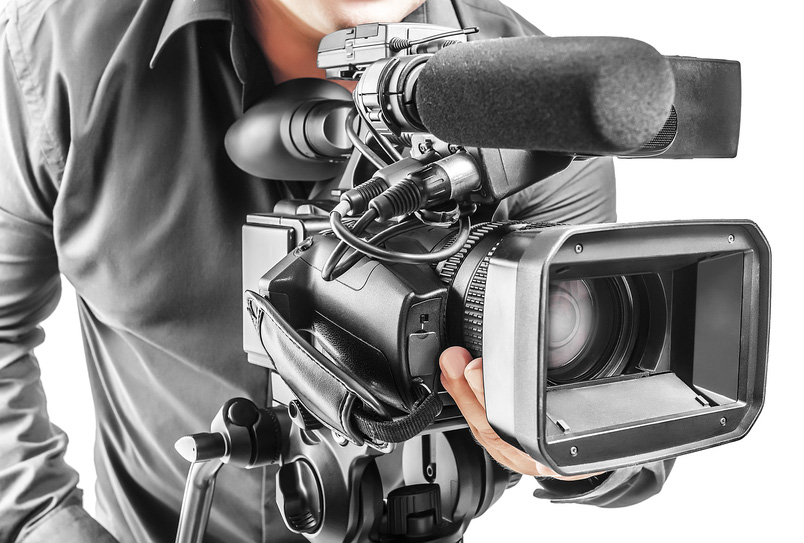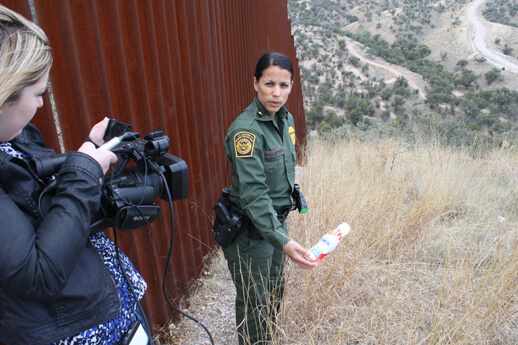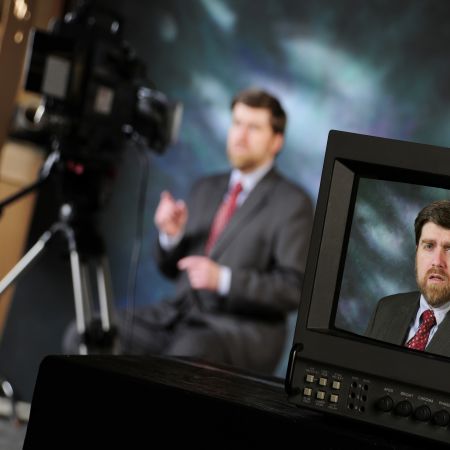Exploring the Systems of Legal Videography: Introduction Its Procedure in Shielding Genuine Aesthetic Statement for Judicial Process
In the world of judicial proceedings, the function of legal videography stands as a cornerstone in protecting and providing visual proof. As modern technology continues to advancement, the devices behind legal videography have actually become progressively elaborate, supplying an essential layer of authenticity to statements captured on video.
Historical Evolution of Legal Videography
Analyzing the historic development of lawful videography reveals a significant change in the capturing and discussion of aesthetic evidence within the lawful landscape. In the past, lawful process heavily relied on composed records and photographs to record occasions and supply proof. Nevertheless, with the development of video modern technology, the legal market saw a standard shift in how aesthetic testament was caught and presented.
The evolution of legal videography can be mapped back to the late 20th century when innovations in video clip recording devices made it more available for usage in courtrooms. This technical development not just enhanced the accuracy and integrity of aesthetic proof yet additionally changed the method instances existed to discretionary (Legal Videography). Lawyers started to recognize the influential power of video recordings in conveying feelings, nuances, and non-verbal hints that created transcripts or pictures alone might not record properly

Technology Advancements in Video Documents
What key technical advancements have reinvented video paperwork in the lawful field? The legal area has actually seen substantial innovations in video clip documents technology that have actually improved the credibility and dependability of visual proof in judicial process.
Additionally, improvements in video file encryption and watermarking innovations have actually reinforced the safety and tamper-proof nature of video proof, securing it against unapproved alterations or meddling. The arrival of cloud storage remedies and remote gain access to capabilities has streamlined the storage, access, and sharing of video evidence, assisting in seamless collaboration among lawful experts and making sure effective access to important visual statements when needed. These technological advancements in video clip documents have actually most certainly revolutionized the legal field, enhancing the precision, credibility, and admissibility of aesthetic evidence in judicial process.
Duty of Legal Videographers in Court Settings
The advancement of video clip documentation modern technology in the legal field has actually necessitated a vital duty for legal videographers in court room settings, ensuring the stability and integrity of visual testimonies presented throughout judicial process. Legal videographers play a fundamental duty in go catching and preserving precise aesthetic evidence that can be critical in lawsuit. Their duty encompasses establishing tools, tape-recording process, and generating premium video clips that properly reflect the events in the court room.
Furthermore, legal videographers frequently function carefully with lawful teams to ensure that the video proof aligns with the situation's needs and can be effectively offered in court to support the legal disagreements being made. In general, the role of lawful videographers in courtroom settings is important in upholding the principles of justice and making sure the transparency of legal proceedings. Legal Videography.

Ensuring Admissibility and Integrity of Video Clip Evidence
To maintain the reliability of aesthetic proof offered in lawful proceedings, ensuring the admissibility and honesty of video clip proof is a crucial obligation for legal videographers. Admissibility refers to the acceptance of evidence by the court, and for video proof to be acceptable, it must meet certain criteria. Legal videographers play a critical duty in making sure that the videos they record abide with the guidelines of proof, such as significance, credibility, and reliability.
Integrity of video clip proof involves maintaining the creativity and accuracy of the video from the moment it is recorded till it exists in court. This includes safely saving the video clip data, documenting the chain of safekeeping, and preventing any kind of tampering or modifications. Legal videographers need to comply with stringent protocols to ensure the stability of the video clip evidence and avoid any challenges to its authenticity.
Future Trends in Legal Videography
Given the boosting dependence on technology in lawful process, legal videographers are positioned to accept innovative developments shaping try this website the future of visual testimony capture and presentation. Among the prominent fads coming up is the integration of online reality (VR) and augmented truth (AR) modern technologies into lawful videography. These modern technologies have the potential to change just how aesthetic proof exists in courtrooms, permitting courts and courts to submerse themselves in the scene of the criminal offense or event.
In addition, using expert system (AI) formulas for video clip analysis is expected to simplify the process of reviewing and examining huge quantities of video footage. AI can help in identifying vital minutes, abnormalities, and patterns within video clips, improving the performance of legal examinations.

Conclusion
Finally, lawful videography has played a critical function in supplying authentic aesthetic proof for judicial proceedings. With technical developments and the proficiency of legal videographers, the integrity and admissibility of video clip evidence are ensured in court room setups. As legal videography continues to advance, it will certainly be important to support criteria that maintain the accuracy and reliability of visual testament for the future of lawful process.
Analyzing the historic development of legal videography discloses a substantial makeover in the recording and discussion of visual proof within the legal landscape.The evolution of video documents modern technology in the legal area has required a vital function for legal videographers in court room settings, making certain the integrity and integrity of aesthetic testimonies presented throughout judicial procedures. Furthermore, lawful videographers often function closely with legal groups to guarantee that the video evidence aligns with the instance's demands and can be properly presented in court to support the lawful arguments being made.To keep the credibility of aesthetic proof offered in legal procedures, making sure the admissibility and stability of video evidence is a critical responsibility for lawful videographers. As lawful videography proceeds to his response develop, it will be vital to copyright criteria that keep the precision and reliability of aesthetic testament for the future of lawful procedures.